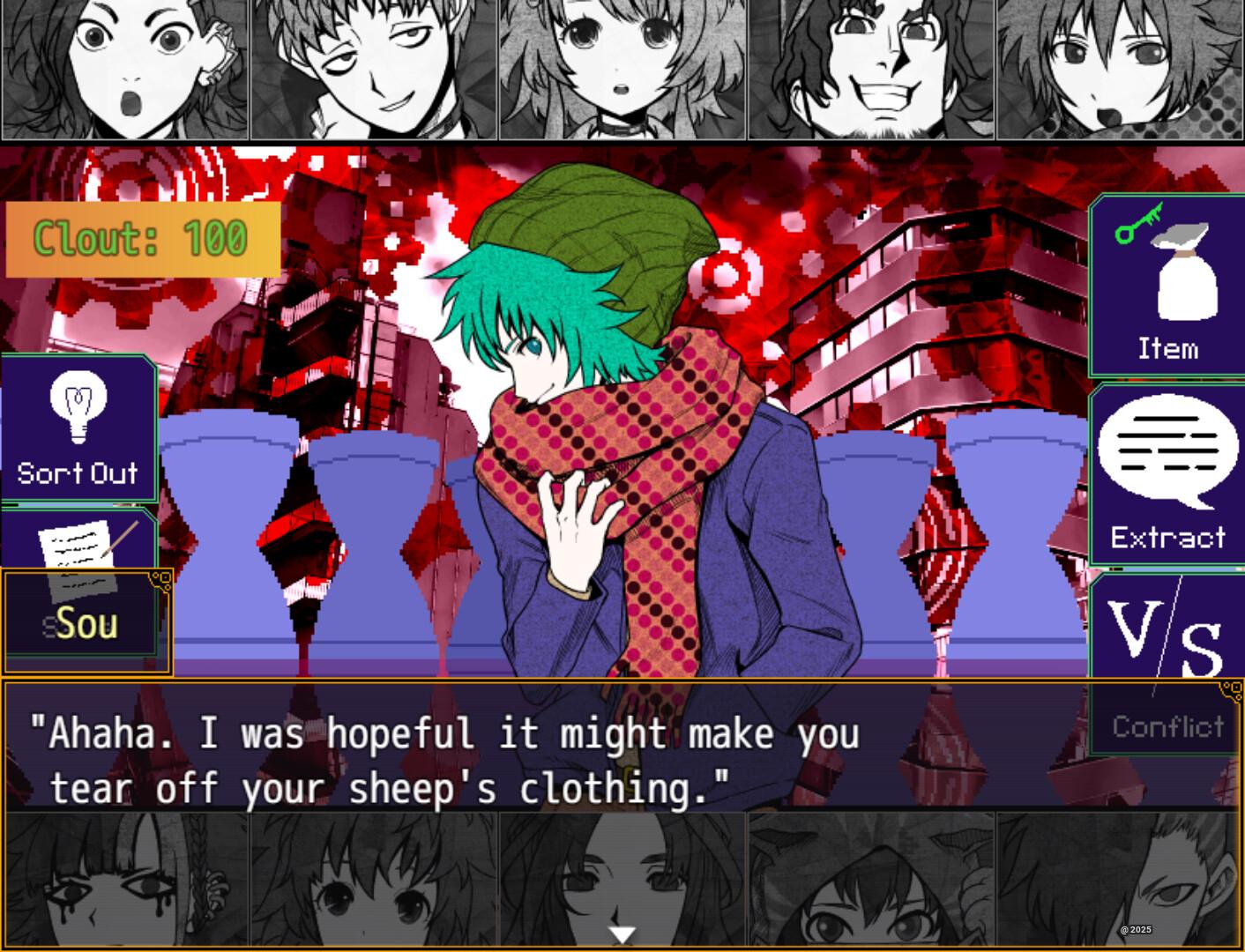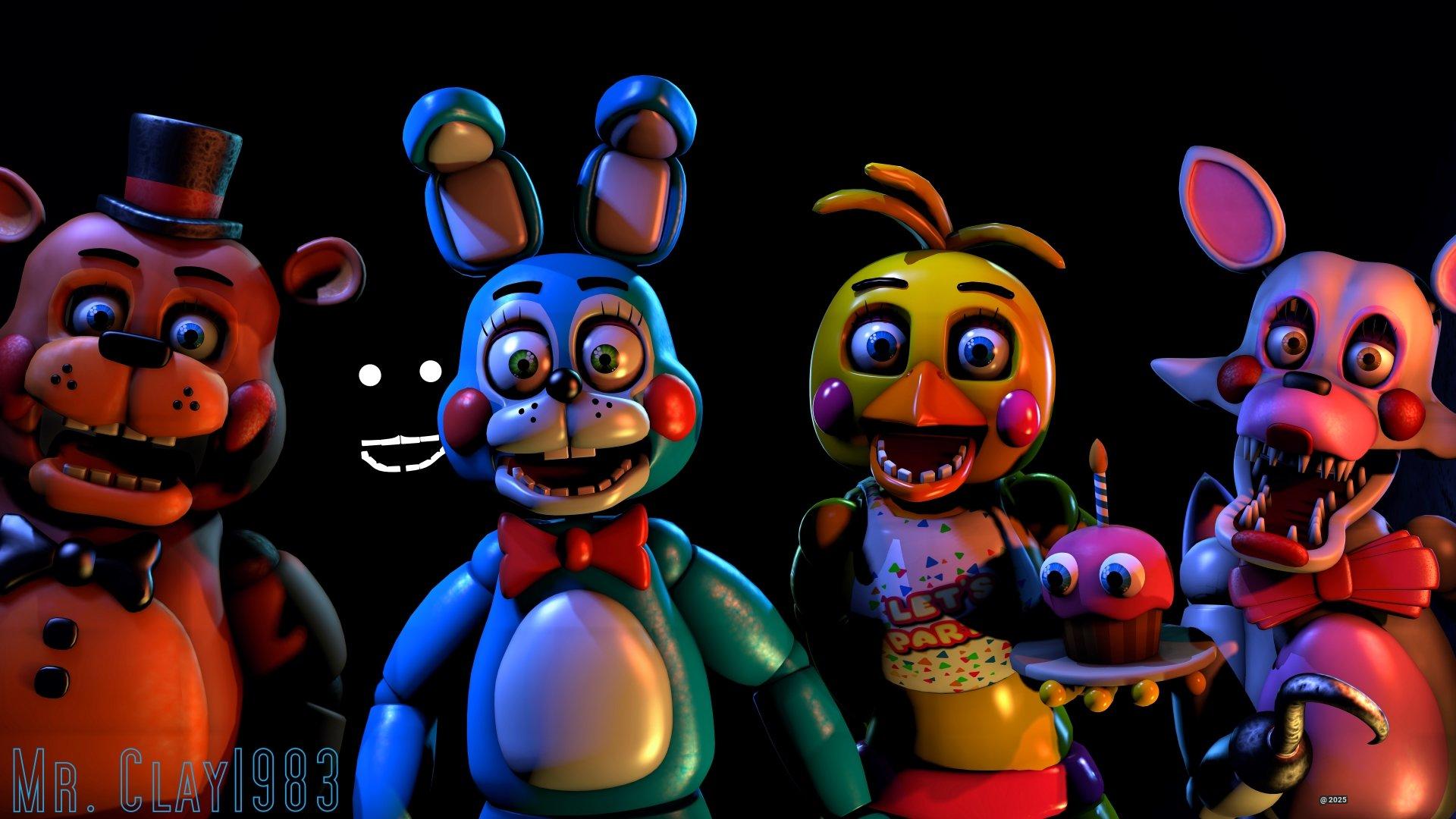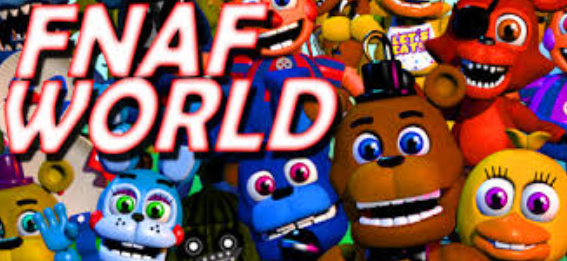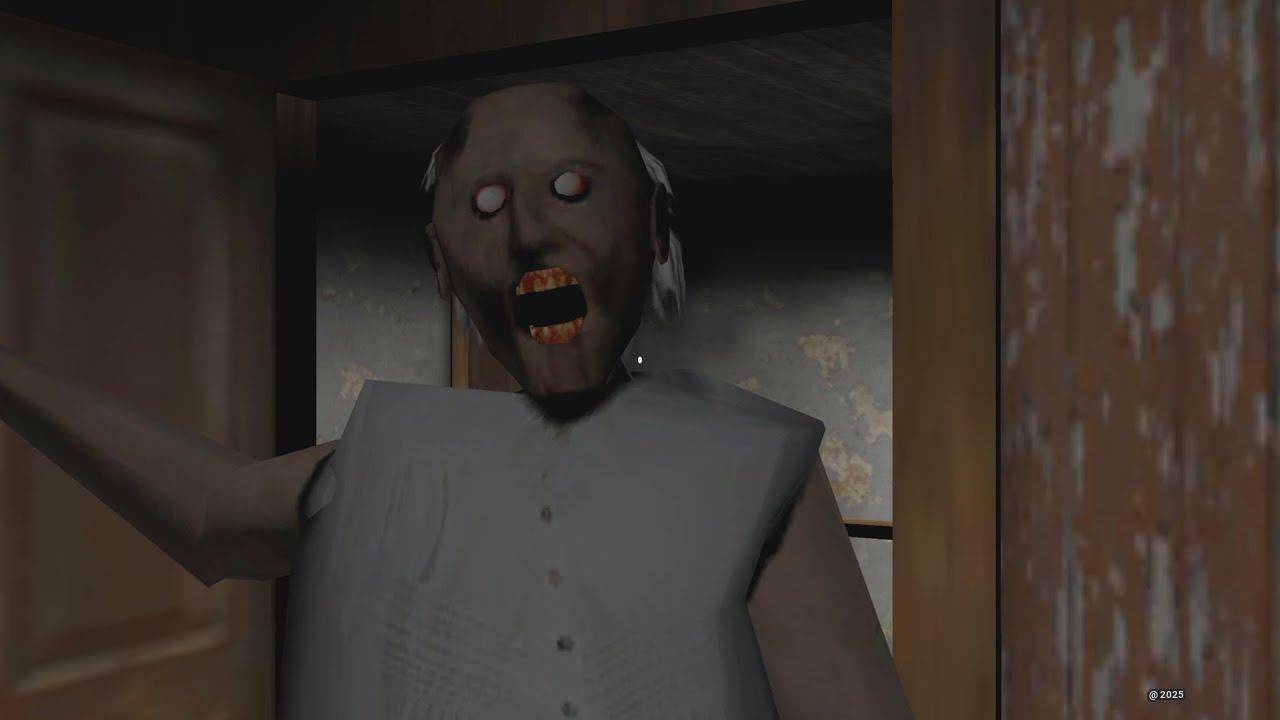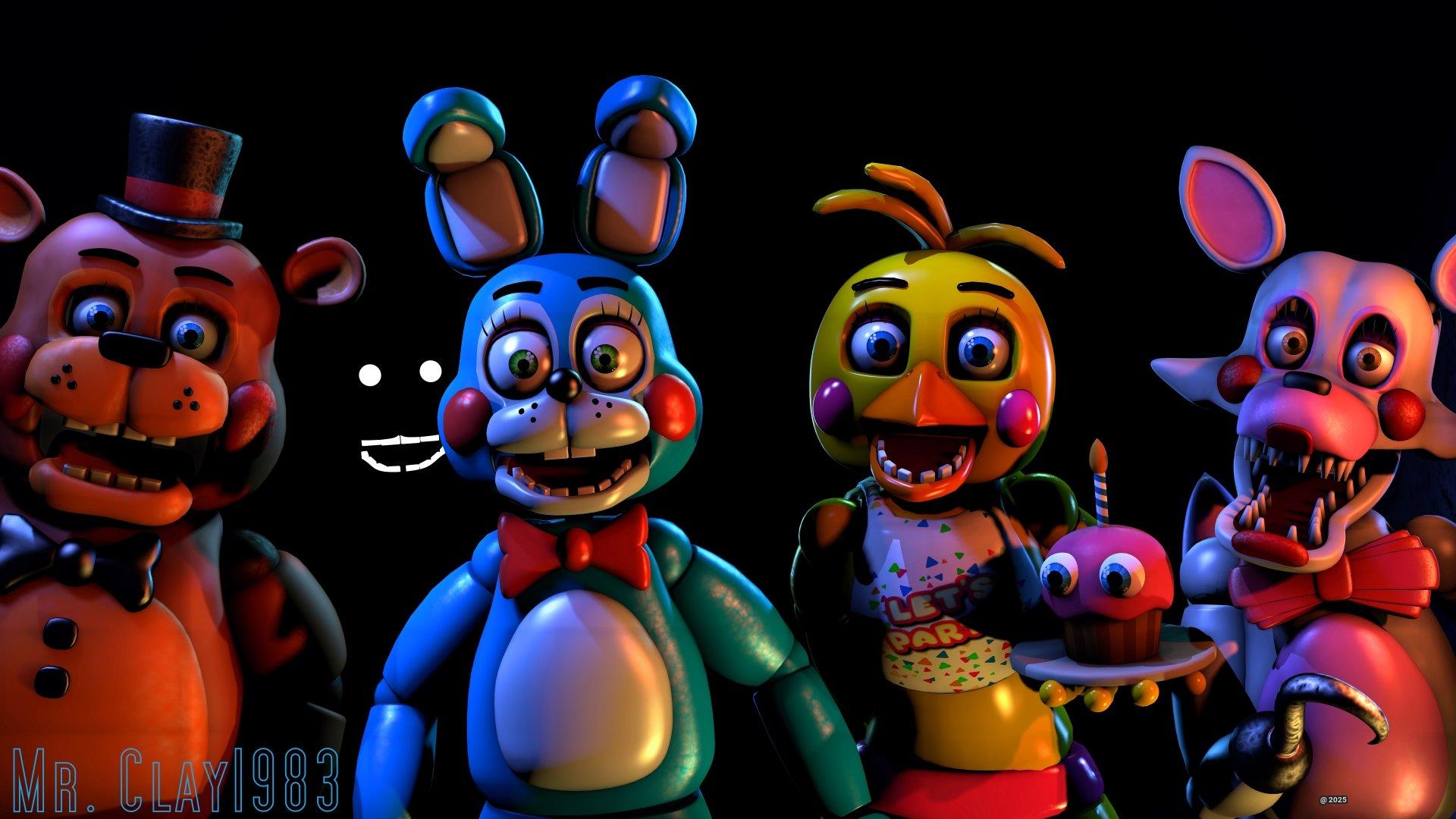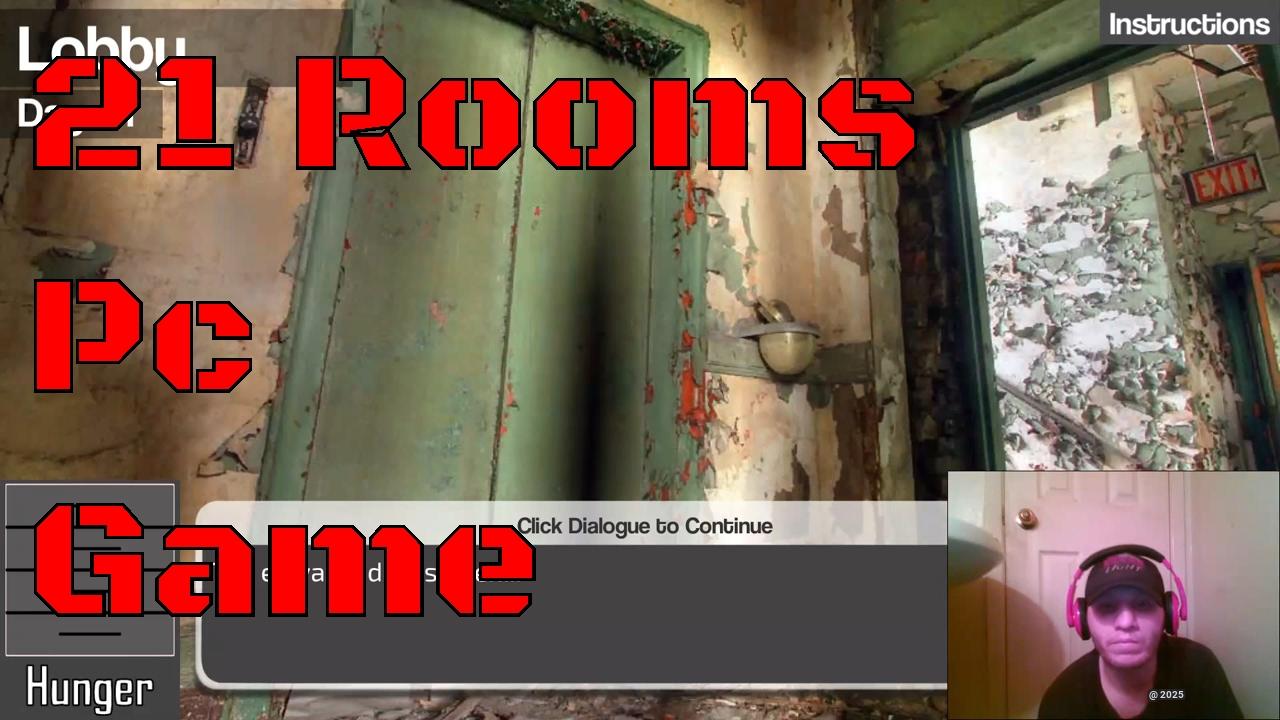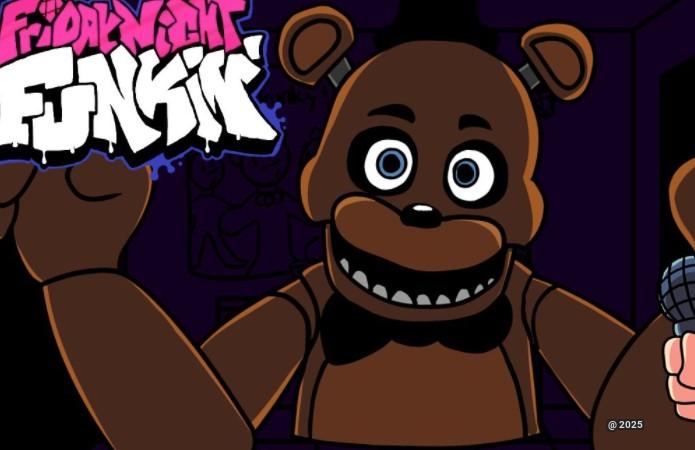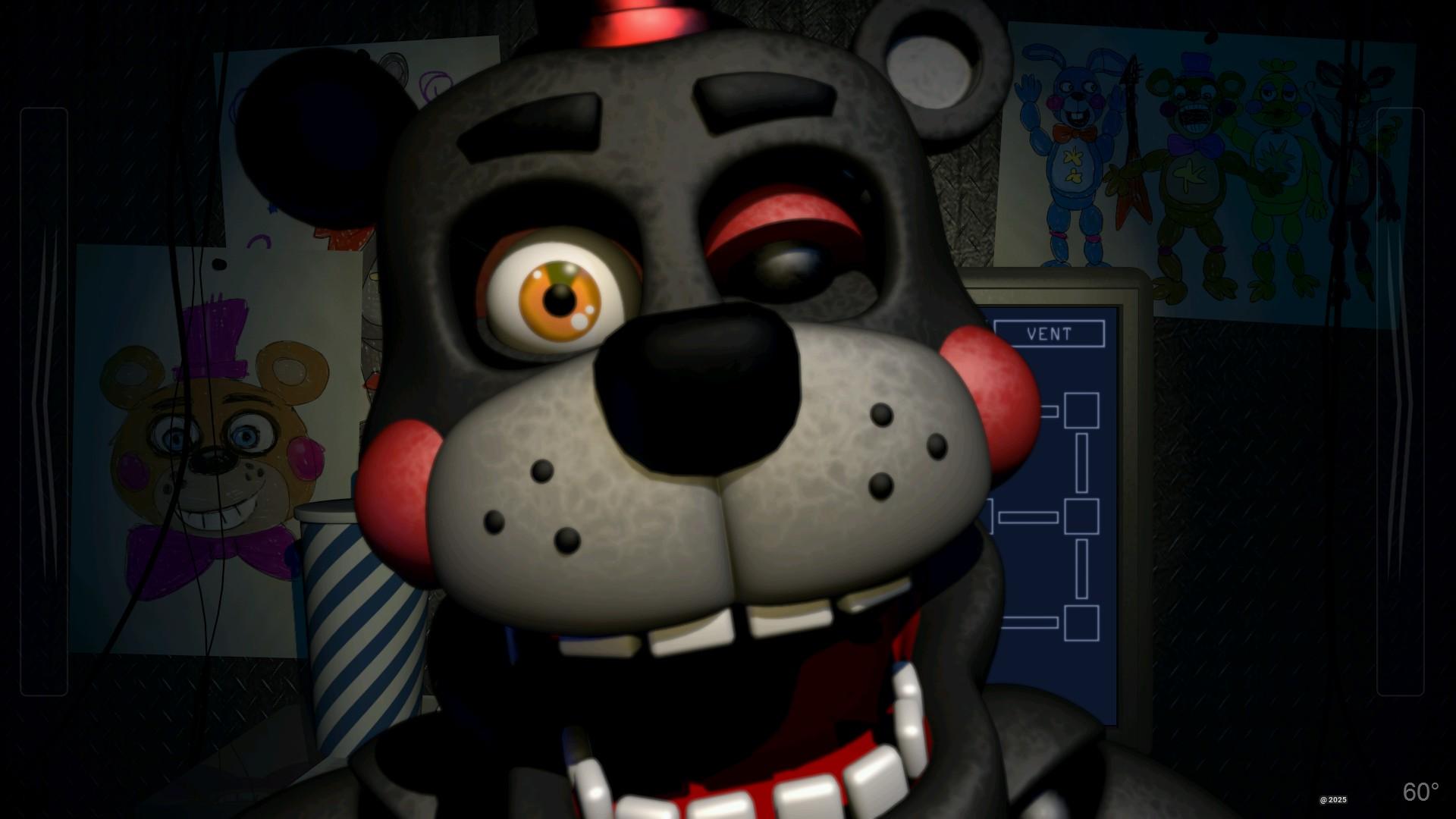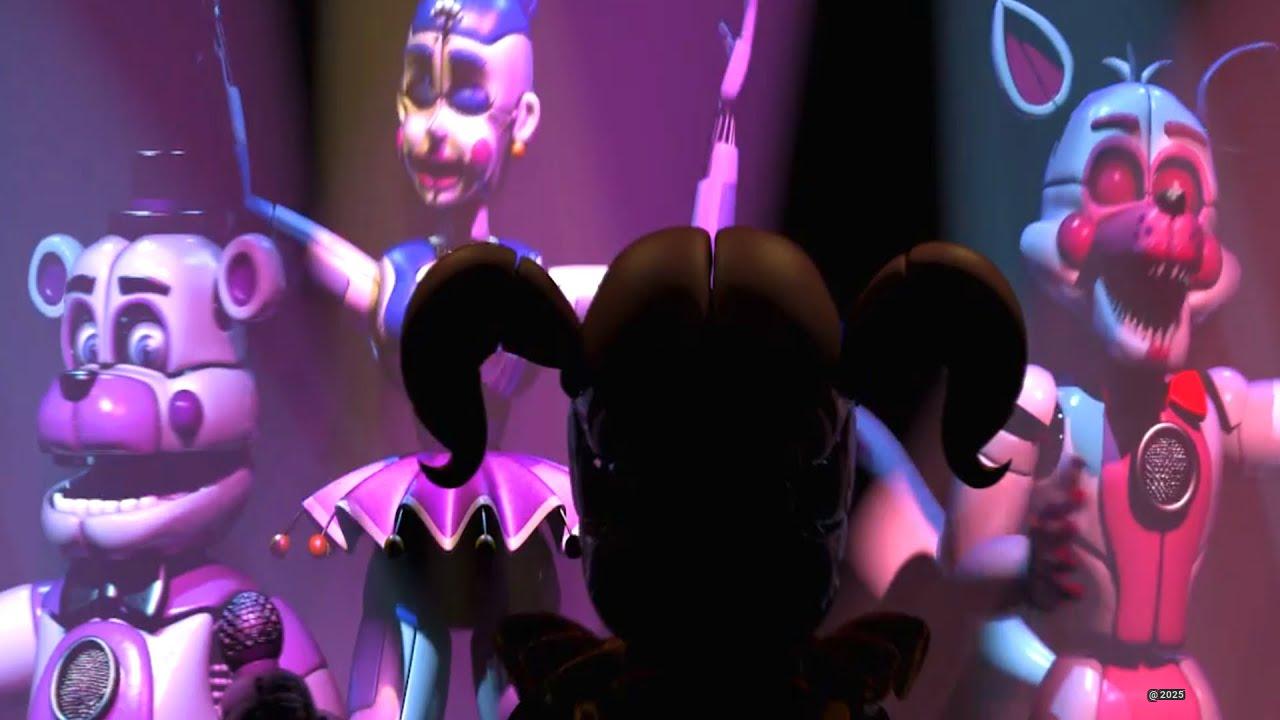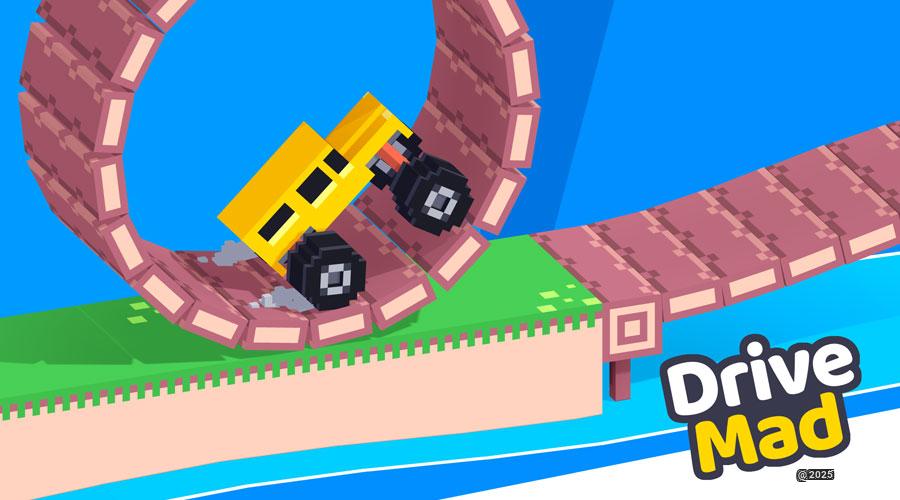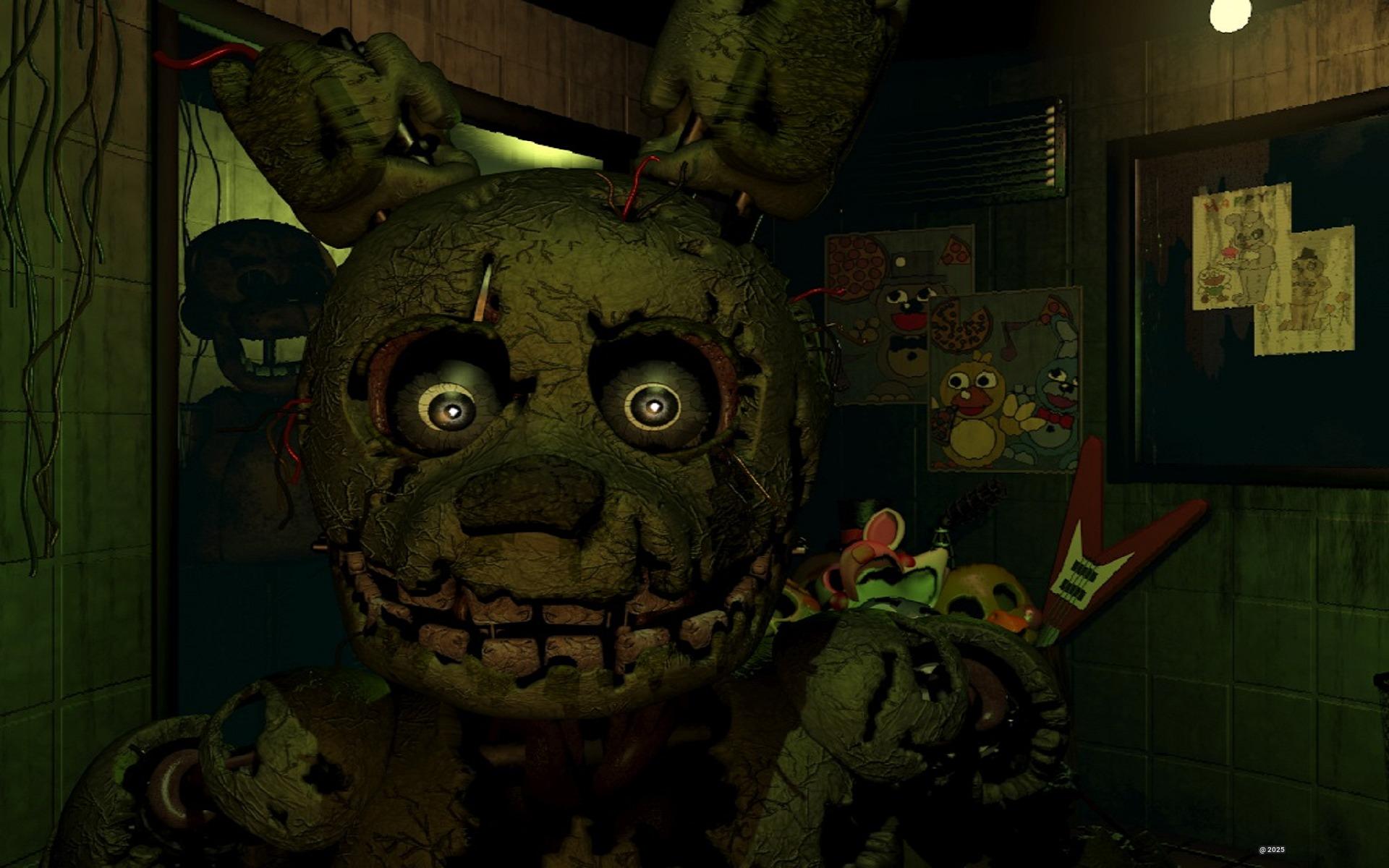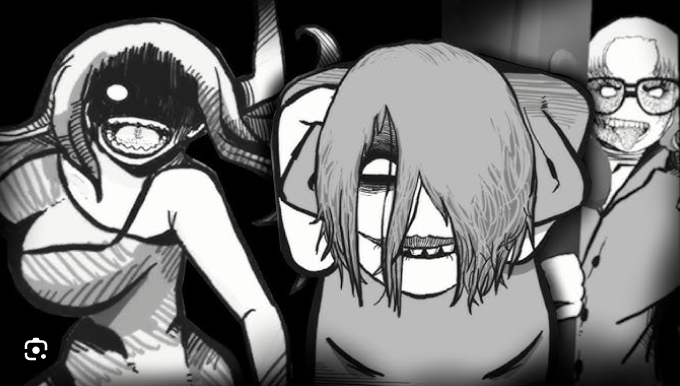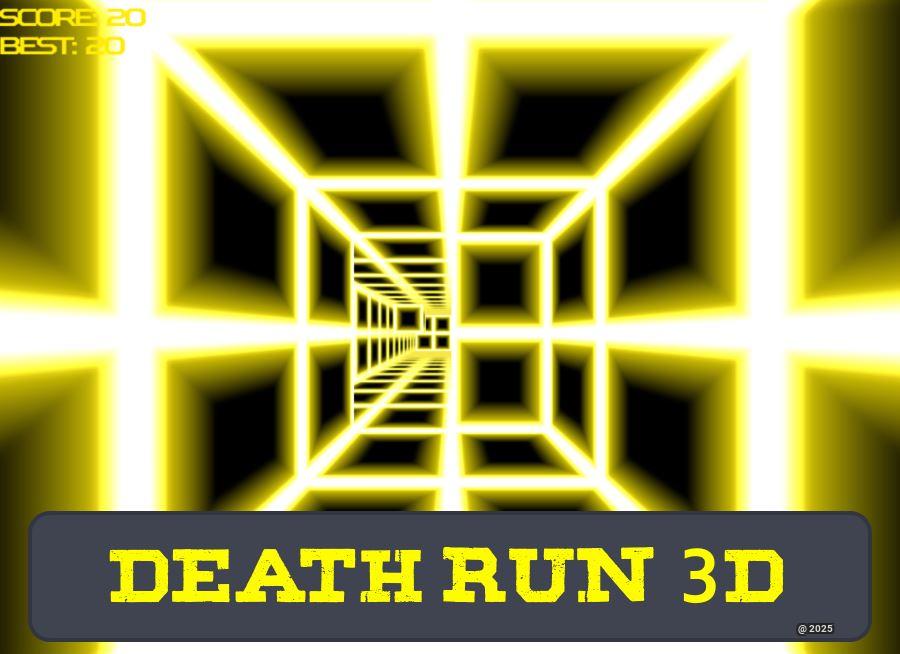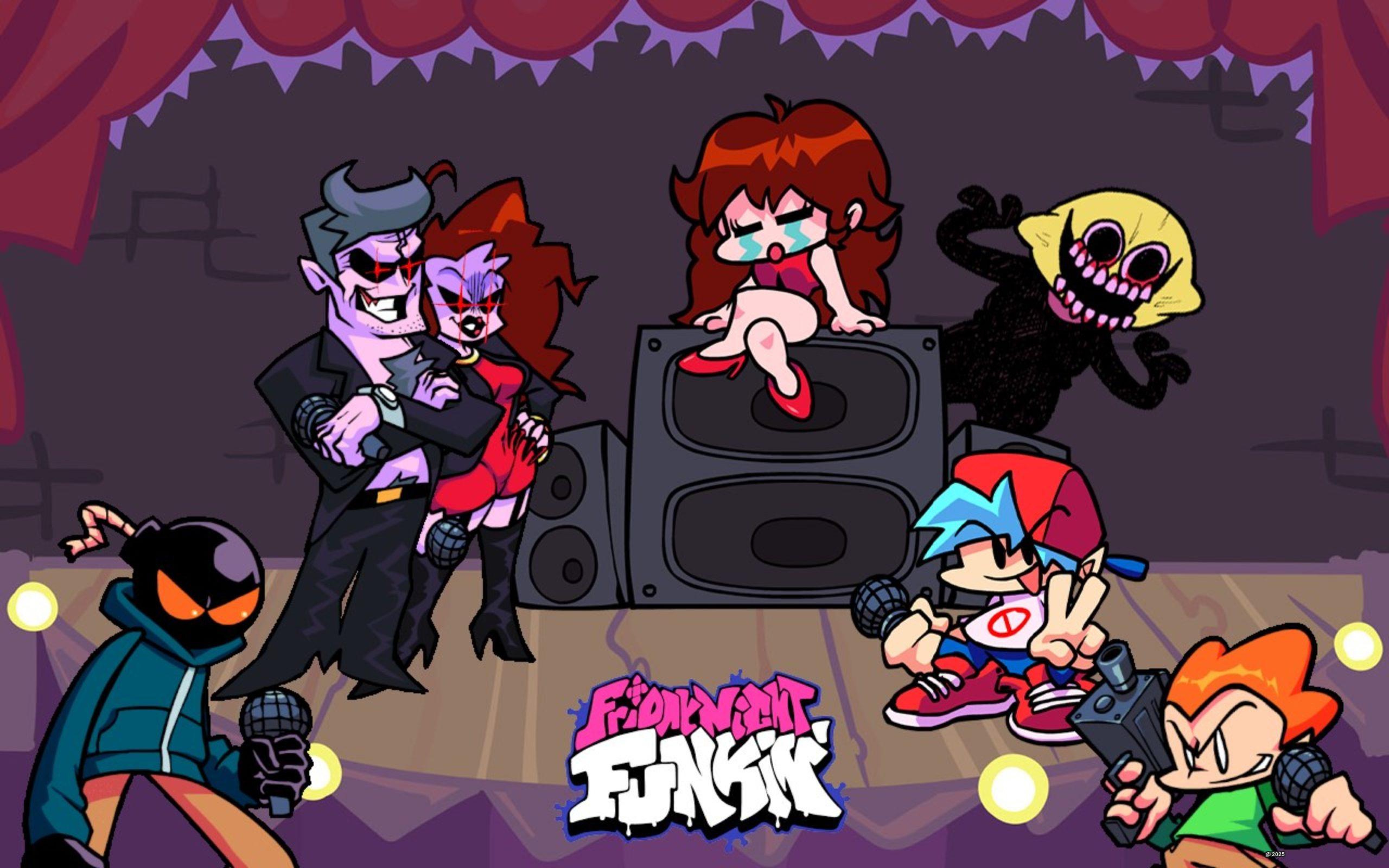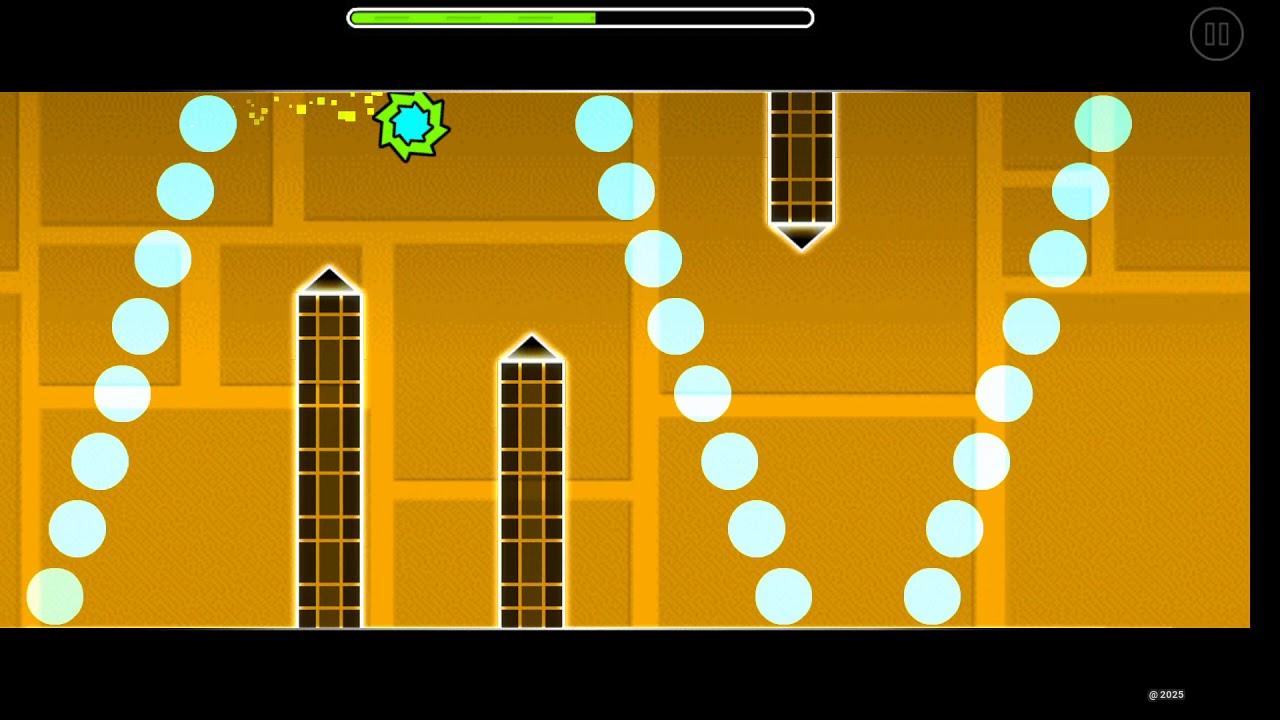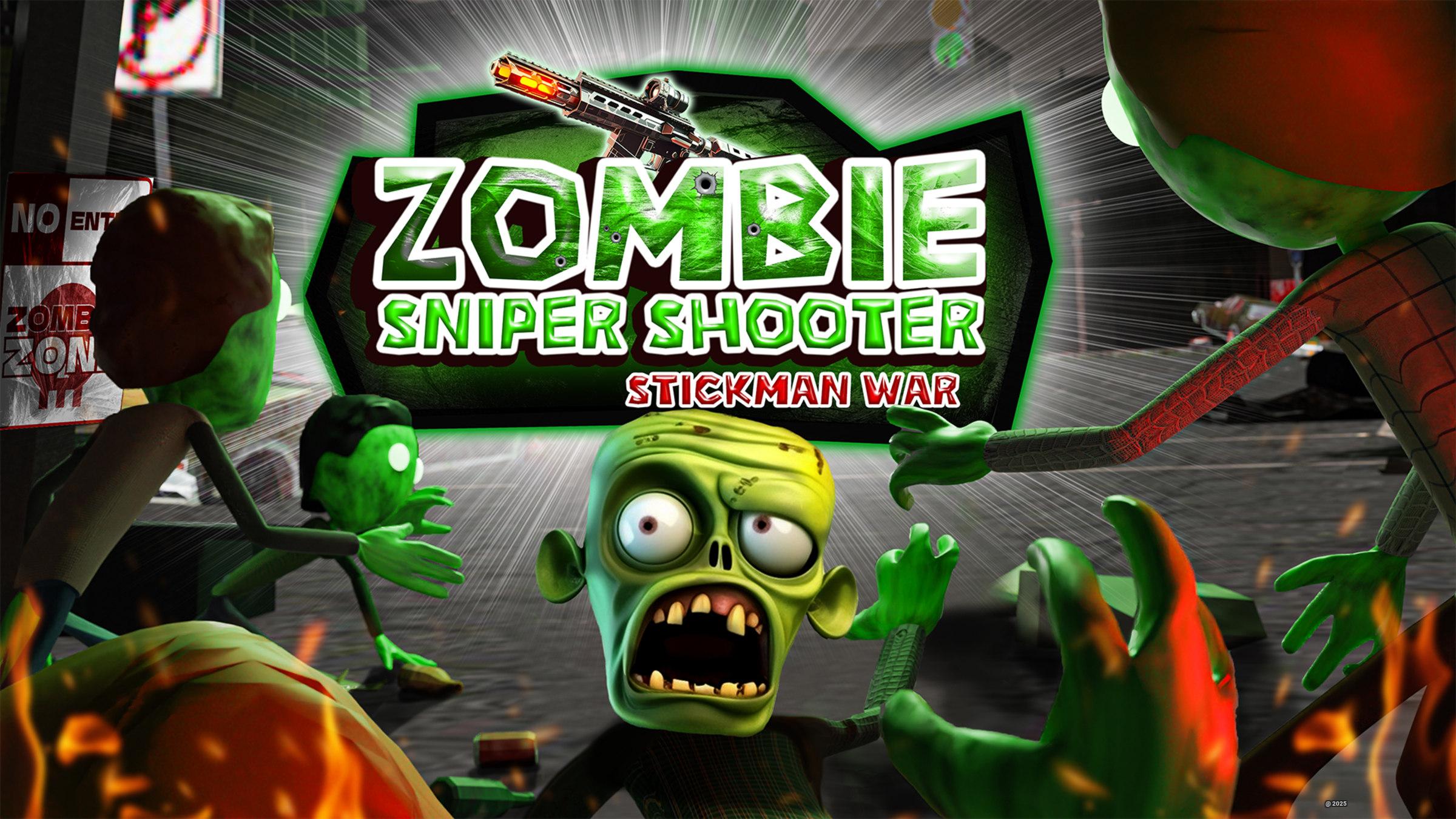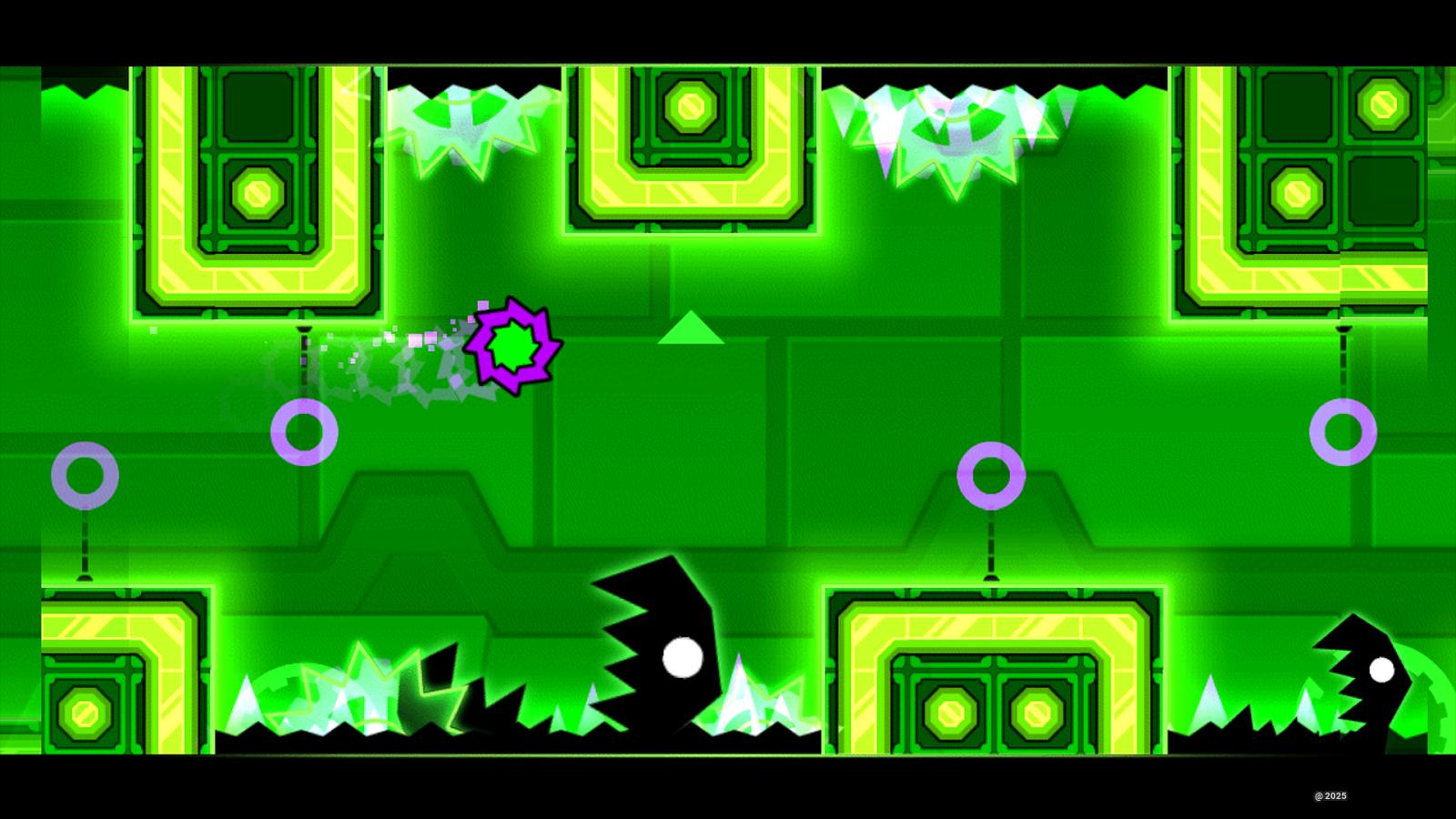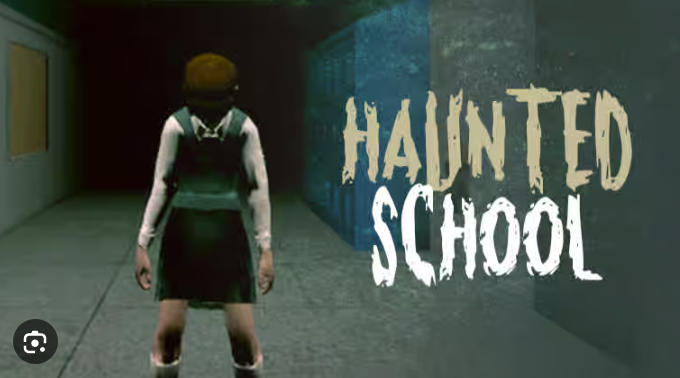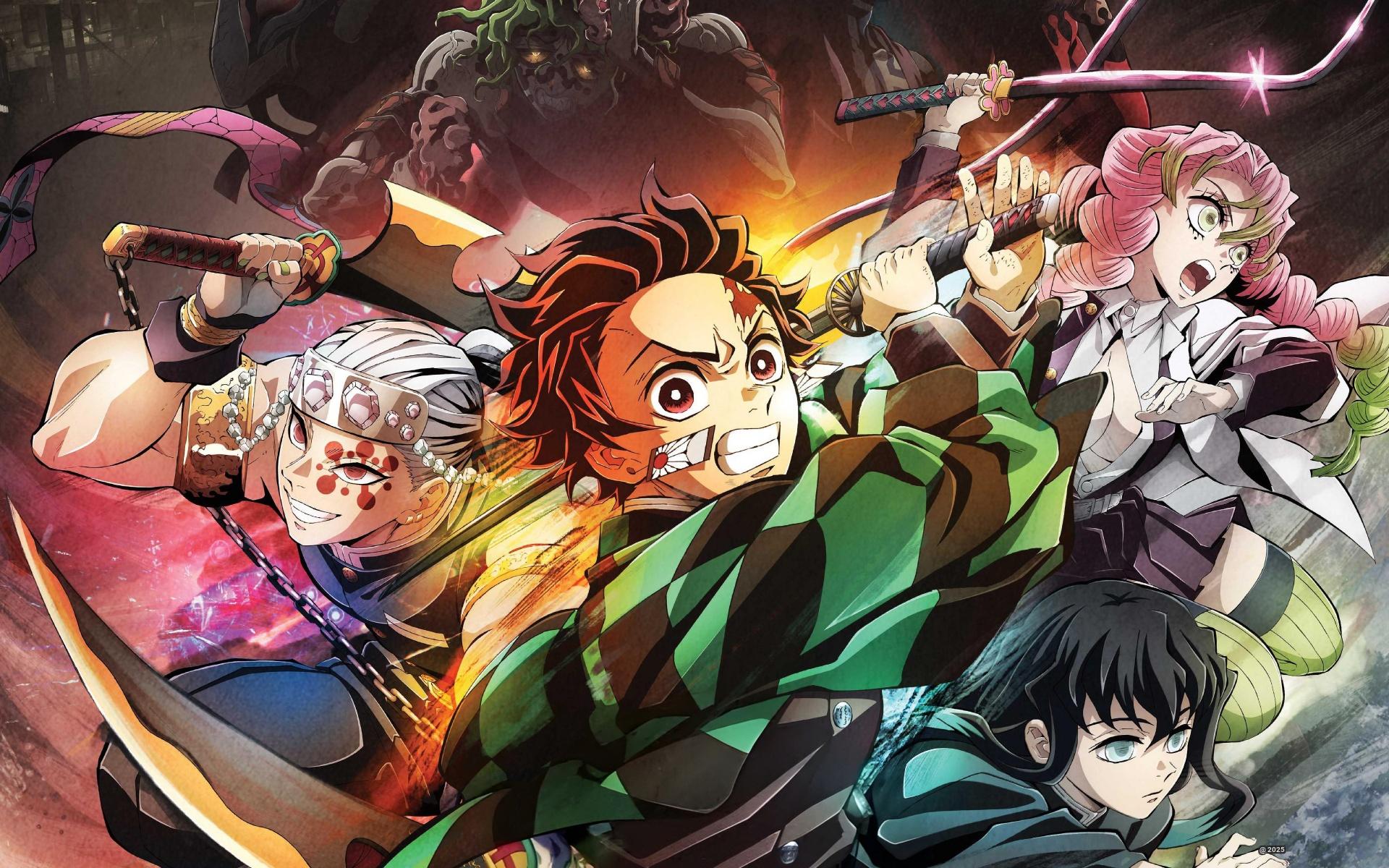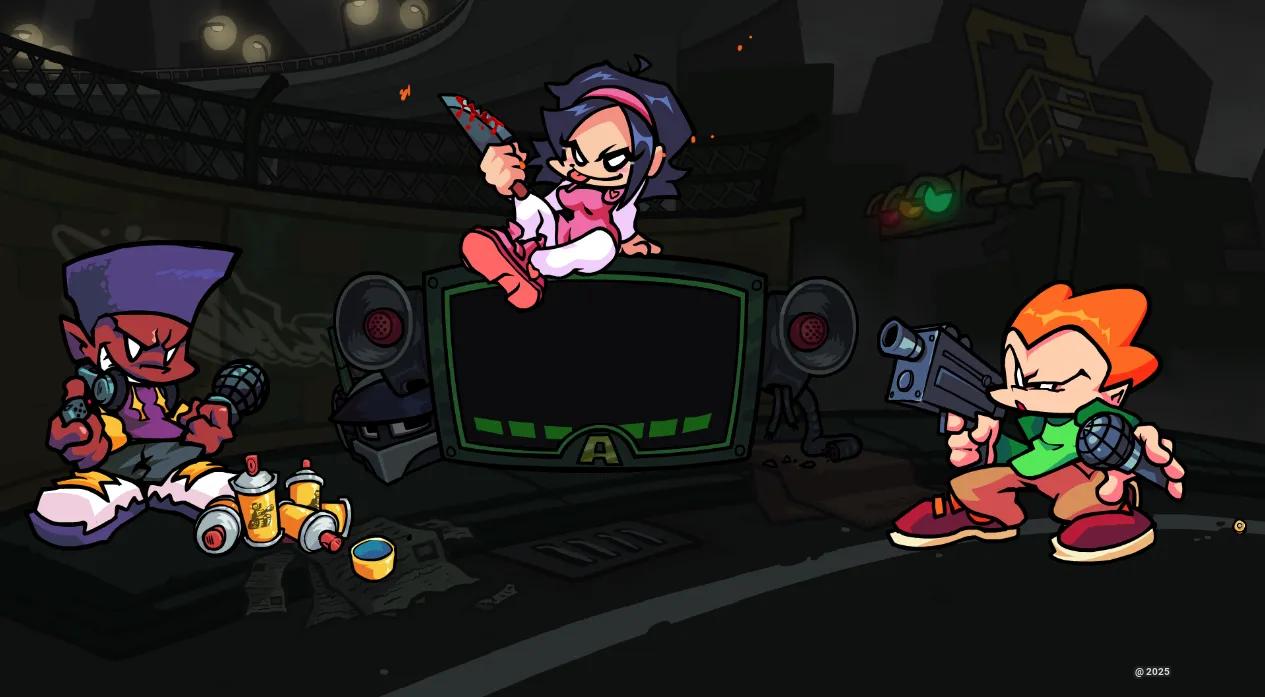Your Turn to Die stands as a psychological horror game that redefined visual novel storytelling. Released in 2017, this browser-based adventure pulls players into a deadly survival game where 12 participants face increasingly complex challenges.
Sara Chidouin, a high school student, wakes up trapped in a facility with her teacher and classmates. Each chapter presents life-or-death decisions through varied gameplay mechanics that keep players guessing. The mix of escape room puzzles, strategic voting, and psychological manipulation creates constant tension.
- The game’s strength lies in its character development - each participant has deep backstories and complex motivations that unfold naturally through player choices and interactions
- Death scenes pack emotional weight because the game masterfully builds connections between characters, making every loss feel personal and impactful
- The innovative voting system adds strategic depth, as players must carefully consider alliances and betrayals while gathering evidence to survive each round
- Hand-drawn artwork and an haunting soundtrack work together to craft an atmosphere of creeping dread that stays with players long after each session
The free-to-play model makes this psychological thriller accessible to anyone seeking a narrative-driven game that respects player intelligence. Its growing popularity stems from thoughtful writing that explores human nature under extreme circumstances, while keeping players invested through meaningful choices that shape the story’s direction.
Introduction to “Your Turn To Die”: A Visual Novel Adventure
I fell in love with Your Turn To Die the first time I played it. This gem blends visual novel style with point-and-click puzzle fun! You see the game world through first-person eyes, making it super easy to click on chars and items. The story grabs you right away - high school student Sara Chidouin gets taken to a strange place with other folks, all forced to play a deadly game.
What makes Your Turn To Die stand out? It’s the way it pulls you in! Unlike other visual novels where you just read text, here you need to think and act fast. The game lets me pick up items, solve puzzles, and make tough calls that change how my story plays out.
Have you ever felt like you’re really in the game? That’s what happens here! The art style uses these bold lines and bright colors that stay stuck in your head. The chars all have tales that made me care what happens to them.
| Key Game Elements | How They Work |
|---|---|
| First-Person View | Makes you feel part of the action |
| Click Interaction | Direct control with chars and items |
| Death Game Setup | Raises stakes for every choice |
The mix of manga-style art with dark themes works so well. I found myself drawn to Sara’s plight as she tries to stay alive while facing awful truths about the other players. The devs knew how to craft scenes that stick with you long after you stop playing.
“Your Turn To Die takes the visual novel to new heights by adding real stakes to every choice you make.” - Gaming Monthly
Exploring the Unique Gameplay Mechanics of “Your Turn To Die”
I’ve played tons of games like Danganronpa and Phoenix Wright, but Your Turn To Die hits way harder. Why? It’s all about how real the death game feels. When chars face death, the game makes you feel it in your gut.
The main thing that sets this game apart is how it builds dread. You’re not just solving cases after the fact - you’re trying to stop deaths before they happen! Each vote feels like I’m truly picking who lives or dies. This weight to choices is what makes the game stick with me.
How does Your Turn To Die mix visual novel and puzzle styles? The game shifts between:
- Chat scenes where I learn vital clues
- Puzzle rooms that test my smarts
- Vote rounds where I must pick who dies
What makes the game feel fresh is how it treats grief. When a char dies, the game doesn’t just move on. Other chars break down, blame each other, or shut off. It feels real in a way most games don’t dare try.
I love how items work in this game too. Unlike other point-and-clicks where you just click random stuff, each item here has a clear use that makes sense. The game tests your logic, not your luck with random clicks.
Have you noticed how the UI helps tell the story? The game uses color, sound, and screen effects to build mood. When things get tense, the whole screen might shake or turn red. These small touches make big moments hit harder.
”Your Turn To Die” Chapter Breakdown: From Puzzles to Strategy Combat
Chapter 1 drops us right into escape room puzzles that made my brain work hard. I had to search rooms for clues, match items to locks, and figure out word puzzles - all while the clock ticked down! The best part? These puzzles aren’t just busy work - they tell you more about the sick game you’re stuck in.
How do the puzzles in Chapter 1 work? They test both logic and keen eyes. I had to:
- Find hidden keys in plain sight
- Solve math riddles tied to char pasts
- Match colors and shapes in weird ways
- Read between the lines in notes
Chapter 2 shifts to solo party games that put a dark spin on fun. These mini-games pit players against each other in wild tests. One game had me sync button presses with music while another had me guess where a doll would point. Talk about stress!
The genius part? Chapter 3 blends all past skills into turn-based fights! Now I had to pick moves, use items, and plan steps ahead. The spot-the-diff puzzles in 3-1B were my fave - I had to find tiny changes in scenes to gain an edge in combat.
| Chapter | Main Gameplay | Key Skills Tested |
|---|---|---|
| Chapter 1 | Escape Room Puzzles | Logic, Observation |
| Chapter 2 | Solo Party Games | Timing, Quick Thinking |
| Chapter 3 | Turn-Based Combat | Strategy, Resource Management |
Why does the game shift styles? I think it’s to show how the death game itself grows more cruel. As stakes rise, the tests get more harsh and direct. What starts as mind games ends as pure combat for life.
Strategic Negotiations and Decision-Making in “Your Turn To Die”
When chars gather to vote, that’s when the real mind games start. I’ve spent hours trying to save my fave chars by saying just the right thing at the right time.
What makes the talk system so good? It’s that each char has real goals and fears. Some lie to save pals, others to save their own skin. I had to learn to spot tells in their words and faces. When Keiji looks away while talking, I know he’s hiding facts!
The main choice types that shaped my game were:
- Trust votes - Who to side with when facts get fuzzy
- Item shares - When to give up key items to gain trust
- Death votes - The awful choice of who must die next
- Lie or truth - When to hold back facts to save lives
During one key scene, I had to pick who lived between two chars I loved. The game gave me these small clues in past talks that helped me guess who might be more key to ending the game. My heart sank when I made my pick!
“The true test in Your Turn To Die isn’t the puzzles - it’s whether you can make the right calls when lives hang in the balance.” - Game Critics Hub
How do talks change the game? Each chat can:
- Unlock new paths in later chapters
- Give you items you’d miss by being quiet
- Build bonds that save you in tough spots
- Reveal clues that make later puzzles clear
| Talk Tactic | Best Used When | Risk Level |
|---|---|---|
| Direct Question | When proof is on your side | Low |
| Bluffing | When you lack proof but need info | High |
| Team Building | Early in each chapter | Medium |
I’ve found that the game tracks small choices you might not even think matter. That one time I chose to trust Sou in Chapter 1? It came back in Chapter 3 in a way I never saw coming.
Conclusion
Your Turn To Die transcends typical visual novel boundaries through its masterful blend of psychological horror and meaningful player choice. Through Sara Chidouin’s journey, players face gut-wrenching decisions that ripple throughout the narrative, creating deeply personal stories shaped by their own moral compass.
The game’s strength lies in its carefully crafted characters, each brought to life through rich backstories and complex motivations. As relationships form and shatter under the pressure of survival, every death carries genuine emotional weight. The innovative mix of escape room puzzles, strategic voting, and psychological manipulation keeps players engaged while serving the broader narrative.
What sets this game apart is how it respects player intelligence. Rather than relying on cheap shock value, it builds tension through thoughtful writing and atmospheric design. The hand-drawn artwork and haunting soundtrack work in harmony to create an unforgettable experience that lingers in players’ minds.
As a free-to-play title, Your Turn To Die stands as a testament to how compelling storytelling and smart game design can create an immersive experience that rivals any big-budget release. Its growing fanbase proves that players crave narratives that challenge both their minds and hearts.

